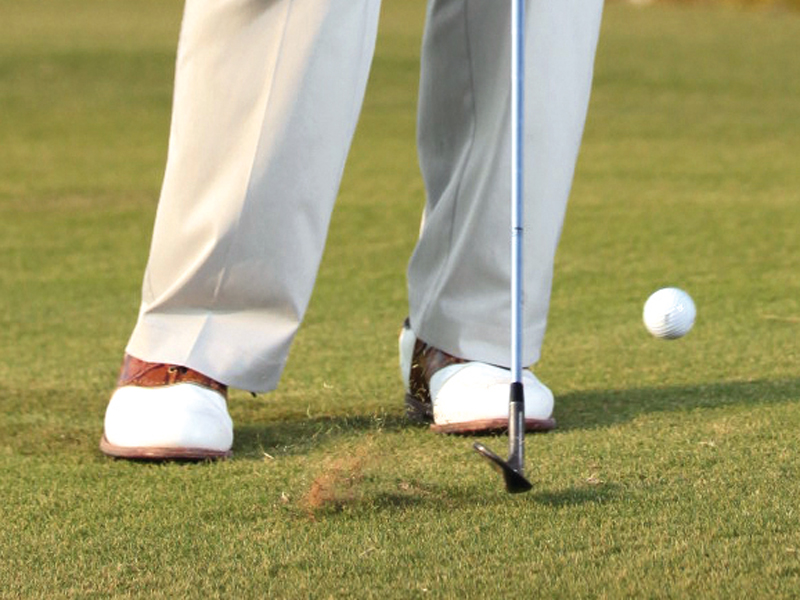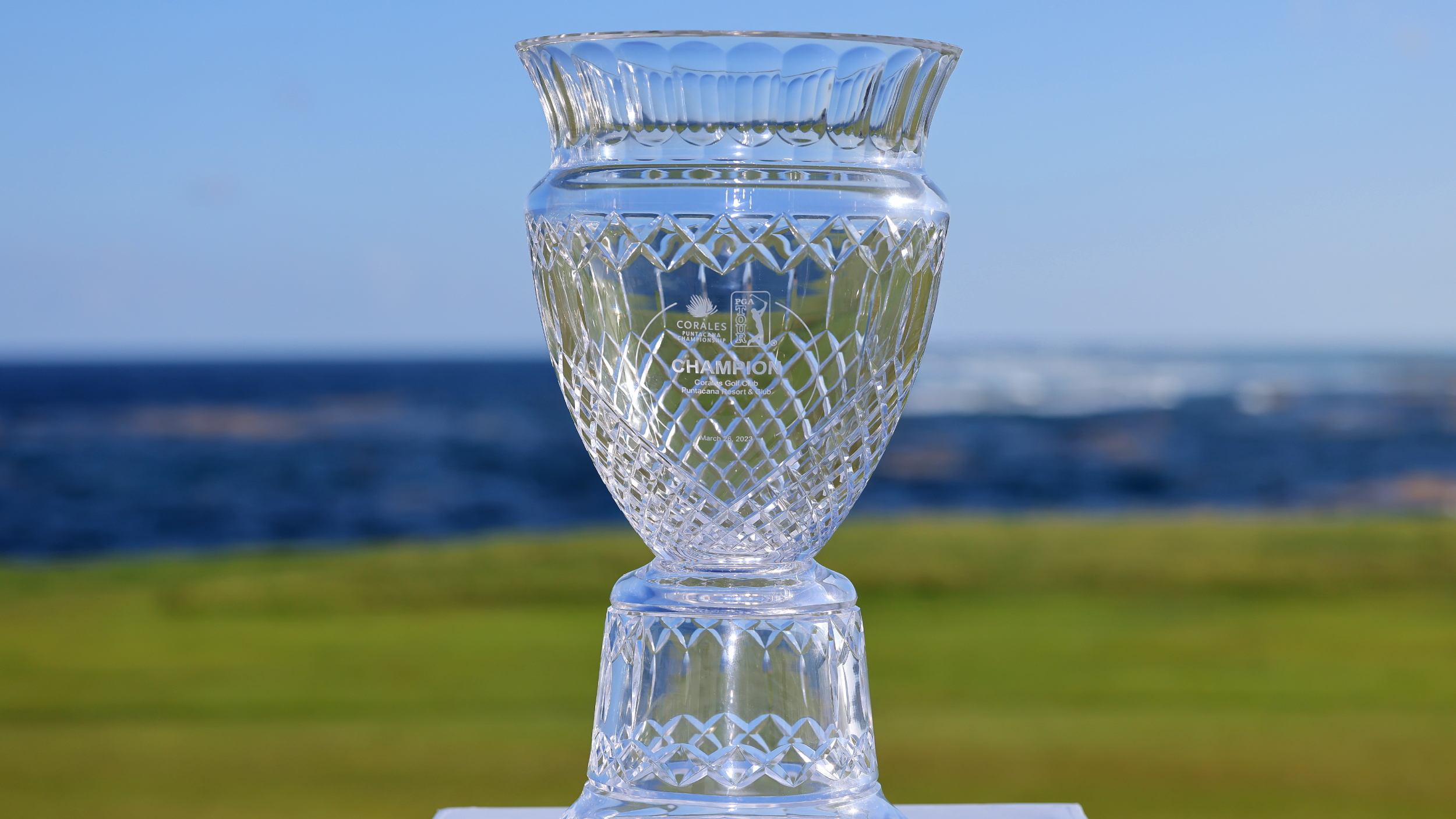How Much Bounce Do Your Wedges Need?
How much bounce do your wedges need? Here we talk about the deciding factors...

How much bounce do your wedges need? In this video and article we talk about how different techniques and course types will influence the amount of bounce you should use
To properly answer the question of how much bounce you should be using with your wedges, it's first worth going over what bounce is and why you need it.
What is bounce angle?
In simple terms, the bounce angle refers to the relationship between the leading edge and the sole of your wedge, as shown in the diagram right.

If you hold your wedge out in front of you so the shaft is perpendicular to the ground, you will notice that the back of the sole sits lower to the ground than the leading edge. If you drew a horizontal line through the leading edge of the wedge (the black line on the right) and then another line along the angle of the sole (the red line right), the difference between these two is your bounce angle.
How does it help?
Bounce is your friend. Too little bounce for your technique and turf conditions and your club will dig in and cause nasty fats. Too much and you risk it bouncing off the ground early and into the ball's equator for a horrible thin. Get it right and in the bunker it will ensure that when you strike the sand before the ball, the club is able to keep moving smoothly. Equally, when you chip from fluffy lies, the correct amount of bounce will ensure your wedge continues to accelerate, and thus reducing the chances of a fat.
How much bounce do your wedges need?
As Mizuno's Senior Golf Club Engineer Chris Voshall explains in the video above, how much bounce your wedges need ultimately revolves around two things – your technique and the type of golf courses you play on most often.
If you play softer parkland tracks more bounce would be preferable, as it'll stop the club digging into the soft turf and causing a fat. Alternatively, if you play firm links courses you might require less bounce so the leading edge is able to nip in closely behind the ball.
Get the Golf Monthly Newsletter
Subscribe to the Golf Monthly newsletter to stay up to date with all the latest tour news, equipment news, reviews, head-to-heads and buyer’s guides from our team of experienced experts.
How much bounce you select should also be based on how you deliver the club to the ball. If you have a steeper angle of attack you are more likely to hit deeper and longer divots, and if that's the case, more bounce will help you hit shorter, and shallower divots for a better strike.
Similarly, if you take no divots or very small divots, less bounce will help you take crisper, more consistent ones for a better strike.
Of course, it is possible to manipulate the bounce by moving your hands ahead or behind of the ball, but doing this changes the loft your present at address, meaning you have to change both your set-up and swing length to hit a good shot. So in our opinon, it makes much more sense to get fit for a set of wedges that are perfect for your needs.
-
 JM Eagle LA Championship Prize Money Payout 2025
JM Eagle LA Championship Prize Money Payout 2025The LPGA Tour heads to California for the JM Eagle LA Championship, where the largest prize money payout of the season so far is on the table
By Mike Hall Published
-
 Corales Puntacana Championship Prize Money Payout 2025
Corales Puntacana Championship Prize Money Payout 2025The PGA Tour’s latest opposite field event features an attractive prize money payout and some former champions in the field
By Mike Hall Published